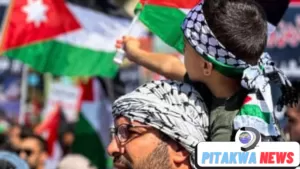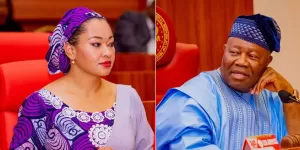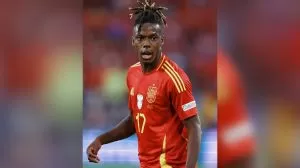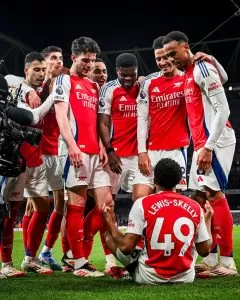Cardinals Return for Conclave’s Second Day with Papacy Still Undecided
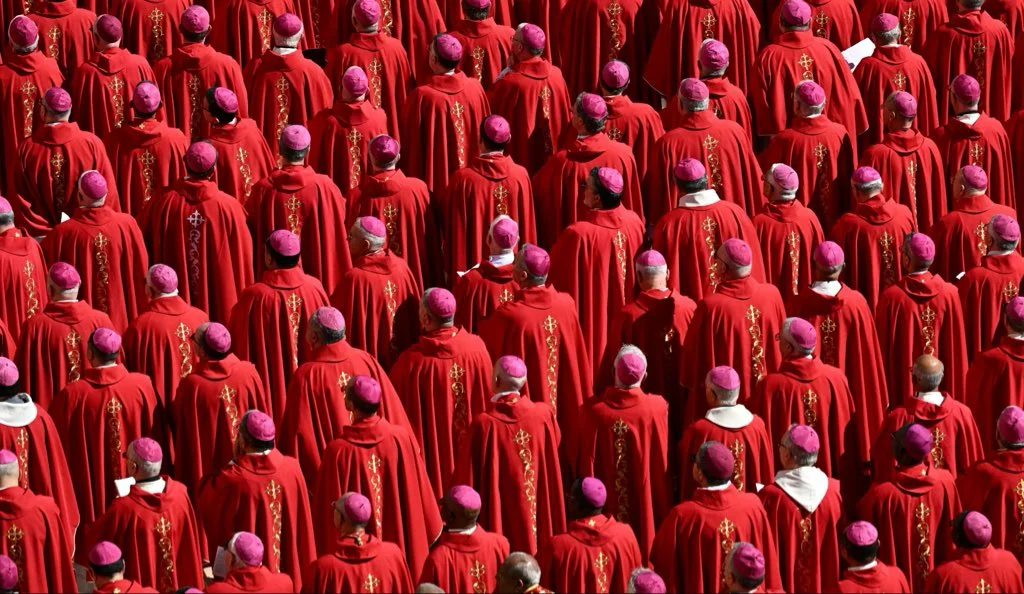
VATICAN CITY, May 8, 2025 — The world’s attention remains fixed on the Vatican as 133 cardinal electors from 70 countries reconvene in the Sistine Chapel for the second day of the papal conclave to elect a successor to Pope Francis, who passed away on April 21, 2025, at the age of 88. The first day of voting concluded with black smoke billowing from the chapel’s chimney, signaling that no candidate had secured the required two-thirds majority of 89 votes in the initial round. As the conclave progresses, the global Catholic community awaits the election of the 266th pope, with expectations high for a decision that could come as early as today.
The conclave, one of the most secretive and sacred processes in the Catholic Church, began on May 7 with a morning Mass in St. Peter’s Basilica, followed by the cardinals’ procession into the Sistine Chapel. There, beneath Michelangelo’s frescoes, they swore an oath of secrecy before commencing the first round of voting. The single ballot on the first day produced no winner, a common occurrence in modern conclaves, as cardinals often use initial votes to gauge support for leading candidates. Historically, no pope has been elected on the first day in over a century, but recent conclaves have moved swiftly, with Pope Francis (2013) and Pope Benedict XVI (2005) both chosen on the second day.
A Diverse and Complex Electorate
This conclave is the most diverse in the Church’s history, reflecting the global reach of Catholicism. The 133 electors hail from every continent, with significant representation from Africa (18 cardinals), Asia (14), and Latin America (22). Europe, though still dominant with 59 electors, no longer holds the overwhelming majority it once did. The United States contributes seven electors, including Cardinals Raymond Burke, Sean O’Malley, and Timothy Dolan, while Canada is represented by Cardinals Thomas Collins and Marc Ouellet. This diversity underscores the challenge of finding a candidate who can bridge regional, theological, and cultural divides within the Church.
The cardinals, all under 80 years old as required by Church law, are sequestered in the Domus Sanctae Marthae, a Vatican guesthouse, and are cut off from the outside world. Communication devices are confiscated, and the Sistine Chapel is swept for bugs to ensure secrecy. The conclave operates under strict rules: two voting sessions occur each morning and two each afternoon, with ballots burned after each session. Black smoke indicates no decision, while white smoke signals the election of a new pope, followed by the announcement “Habemus Papam” (“We have a pope”) from the balcony of St. Peter’s Basilica.
Leading Candidates and Key Issues
While the conclave’s deliberations are confidential, speculation about frontrunners has swirled in Catholic circles. Among the most frequently mentioned candidates are:
- Cardinal Pietro Parolin, 70, Italy’s Vatican Secretary of State, seen as a diplomatic and moderate figure with strong administrative experience. Parolin is viewed as a continuity candidate who could carry forward Francis’ legacy of reform and outreach to the global south.
- Cardinal Luis Antonio Tagle, 67, of the Philippines, a charismatic preacher and former head of the Vatican’s evangelization dicastery. Tagle’s appeal lies in his ability to connect with younger Catholics and his roots in Asia, a region with a growing Catholic population.
- Cardinal Robert Prevost, 69, an American Augustinian bishop who has risen as a dark-horse candidate. As head of the Vatican’s Dicastery for Bishops, Prevost has gained visibility and is seen as a bridge between conservative and progressive factions.
Other names, such as Hungary’s Cardinal Péter Erdő and Austria’s Cardinal Christoph Schönborn, have also surfaced, though the unpredictability of conclaves means a lesser-known figure could emerge. The cardinals face a complex set of challenges in their choice: addressing the Church’s declining influence in the West, navigating geopolitical tensions, responding to calls for greater inclusion of women and laypeople, and managing ongoing financial and abuse scandals. Pope Francis’ progressive reforms, including his emphasis on synodality and environmental stewardship, will likely shape the debate, as will the desire for a pope who can unify a polarized Church.
The Voting Process and Historical Context
Each voting session involves the cardinals writing a name on a ballot, which is then placed in a chalice and counted. If no candidate achieves the two-thirds threshold, the ballots are burned with a chemical to produce black smoke. A successful vote results in white smoke, after which the new pope is asked to accept his election and choose a papal name. The conclave can last days or even weeks, though modern conclaves have typically concluded within two to three days. The longest conclave in recent history, in 1800, lasted 104 days, while the shortest, in 1939, took just one day to elect Pius XII.
The second day is often pivotal, as cardinals refine their preferences and coalesce around leading candidates. The precedent set by Francis and Benedict suggests a swift resolution is possible, but the diversity of this electorate and the absence of a dominant frontrunner could prolong deliberations. Observers note that the cardinals are likely balancing the need for a pope with global appeal against the practical demands of leading a 1.4-billion-member Church through turbulent times.
Global Anticipation and Vatican Preparations
As the cardinals vote, thousands of pilgrims, tourists, and journalists have gathered in St. Peter’s Square, watching the Sistine Chapel’s chimney for signs of progress. The Vatican has made extensive preparations, including setting up a temporary stove to burn ballots and installing a high-tech jamming system to prevent leaks. The new pope will inherit a Church at a crossroads, tasked with addressing declining vocations, secularization, and internal divisions while building on Francis’ legacy of mercy and dialogue.
For now, the world waits. Black smoke will signal that the conclave continues, while white smoke will herald the arrival of a new pontiff. Until that moment, the Sistine Chapel remains a sealed crucible of prayer, deliberation, and history in the making.


